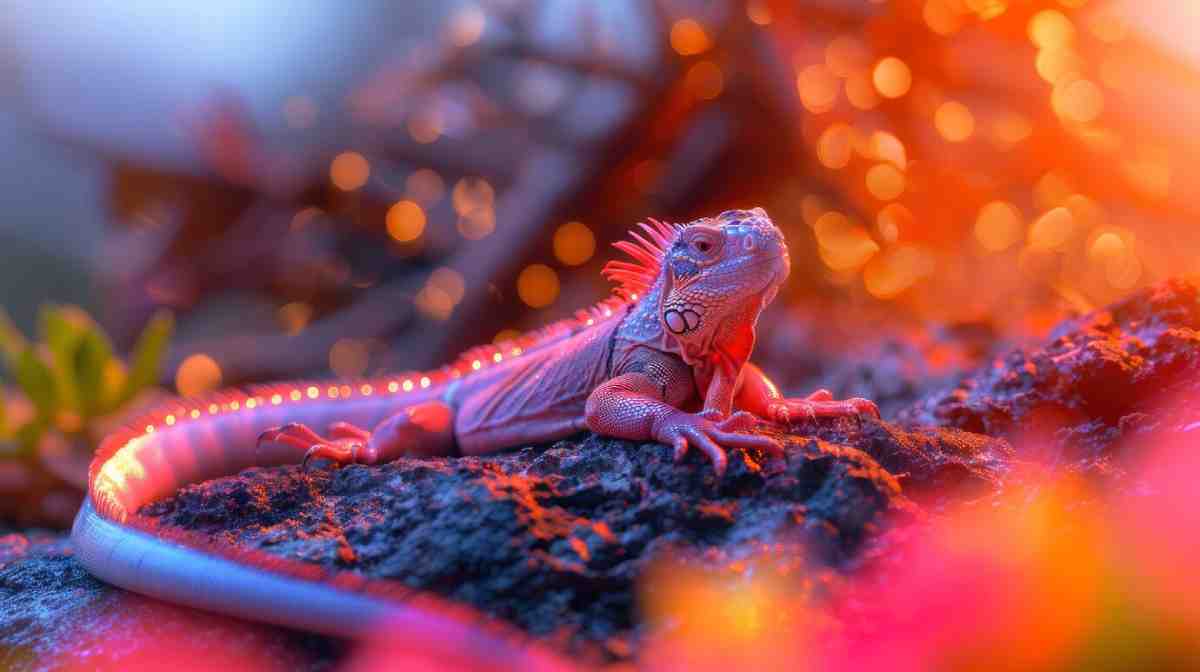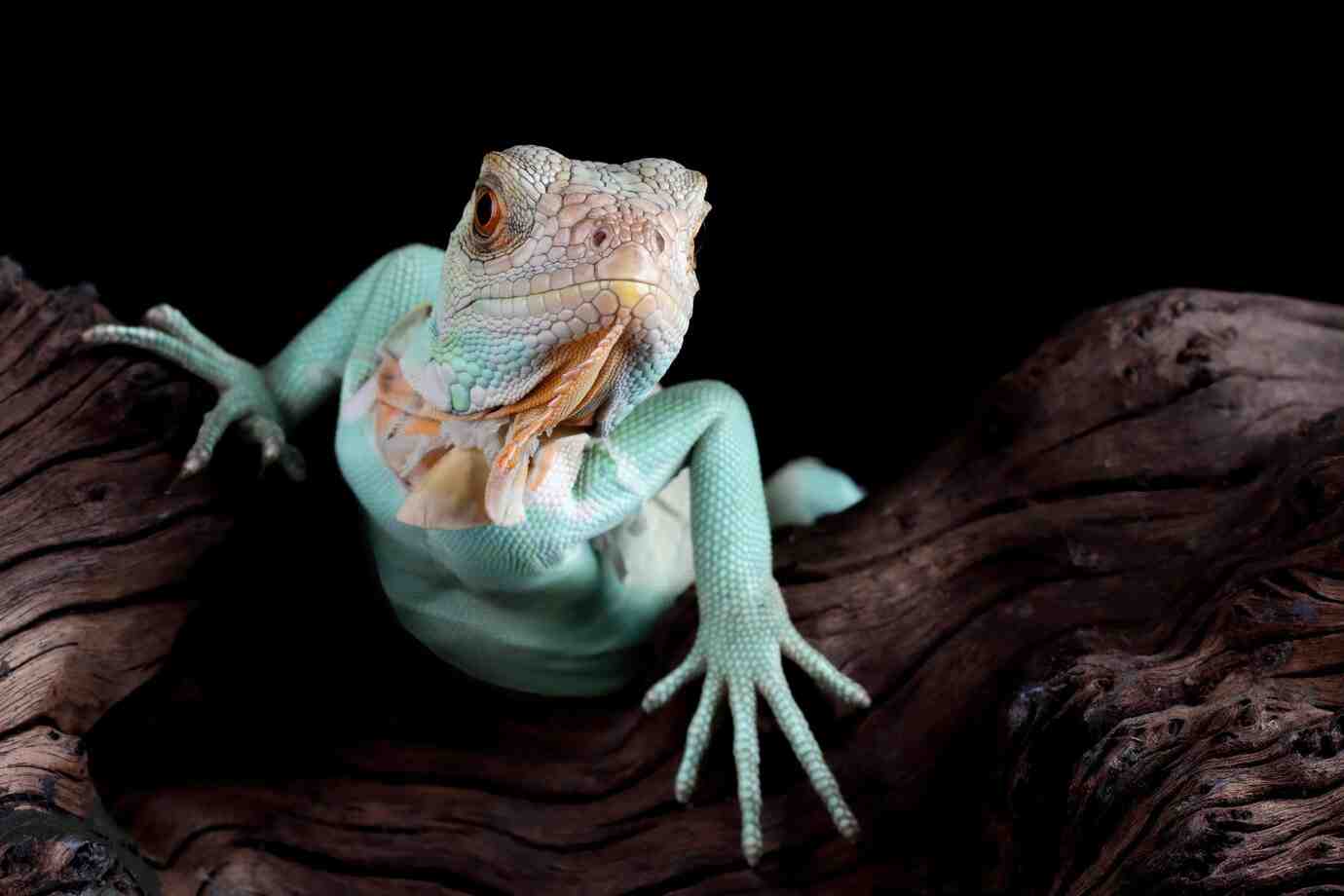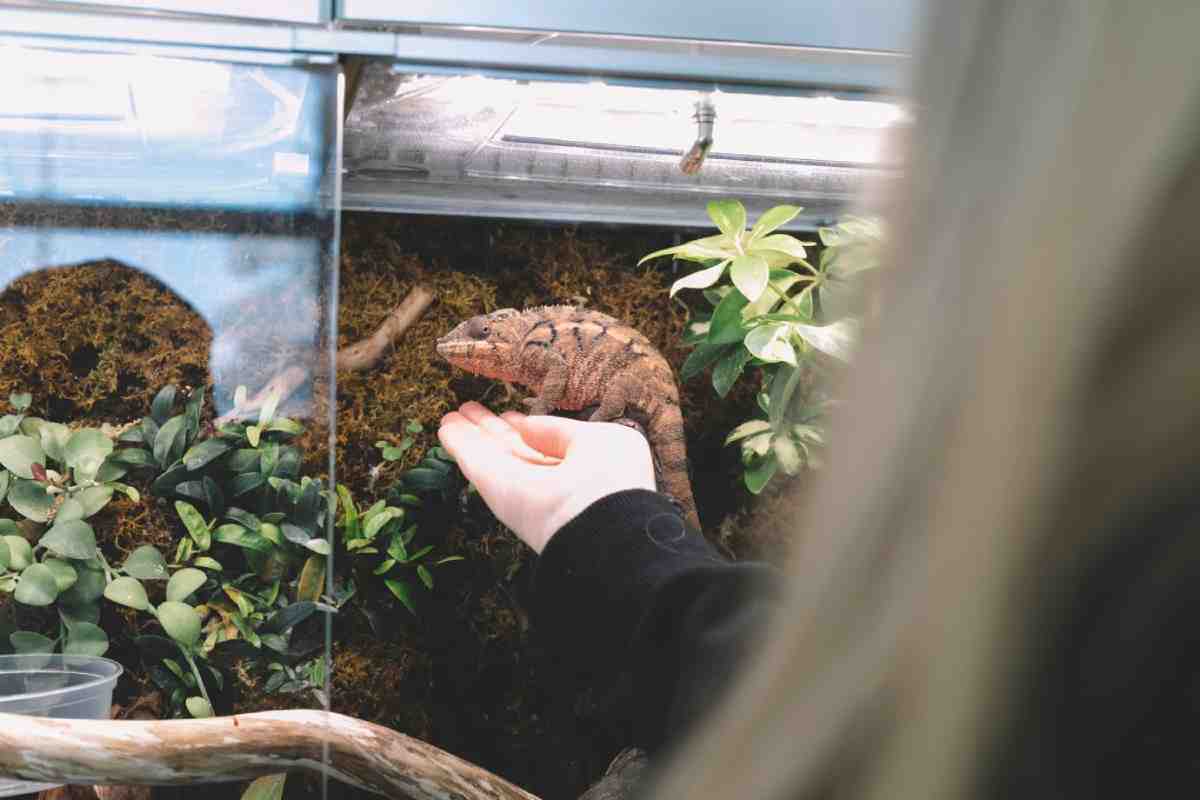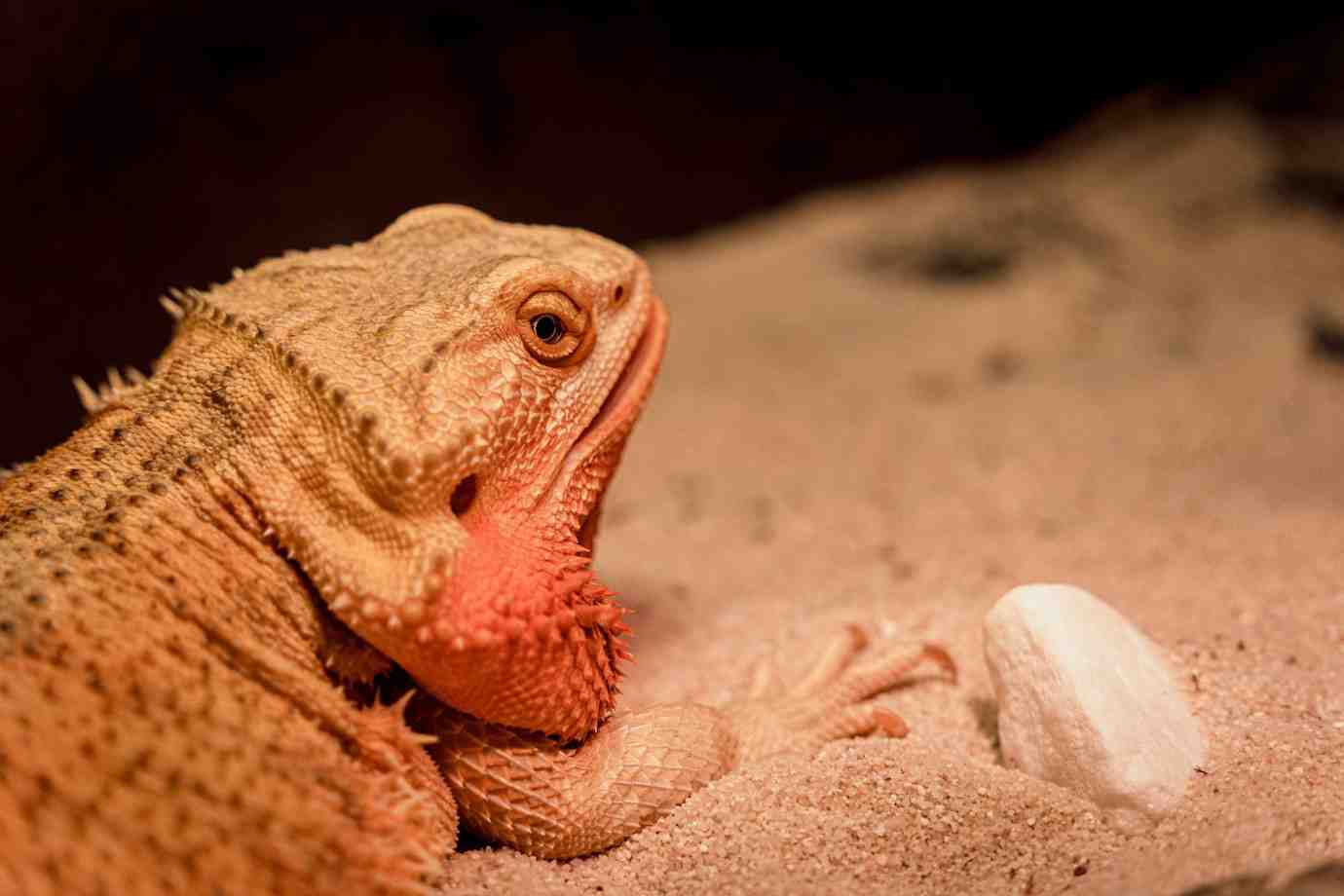
Choosing the Right Substrate for Exotic Reptiles
The floor of a reptile enclosure might seem like a simple detail, but it’s one of the most important elements for long-term reptile health. The substrate — the material lining the bottom of a terrarium — directly affects humidity, hygiene, burrowing behaviour, and even safety.
With so many reptile substrate options on the market, choosing the right one can feel overwhelming. This guide walks you through popular choices, highlights safe bedding for reptiles, and helps you match terrarium floor materials to your exotic species’ natural environment.
Why Substrate Choice Matters
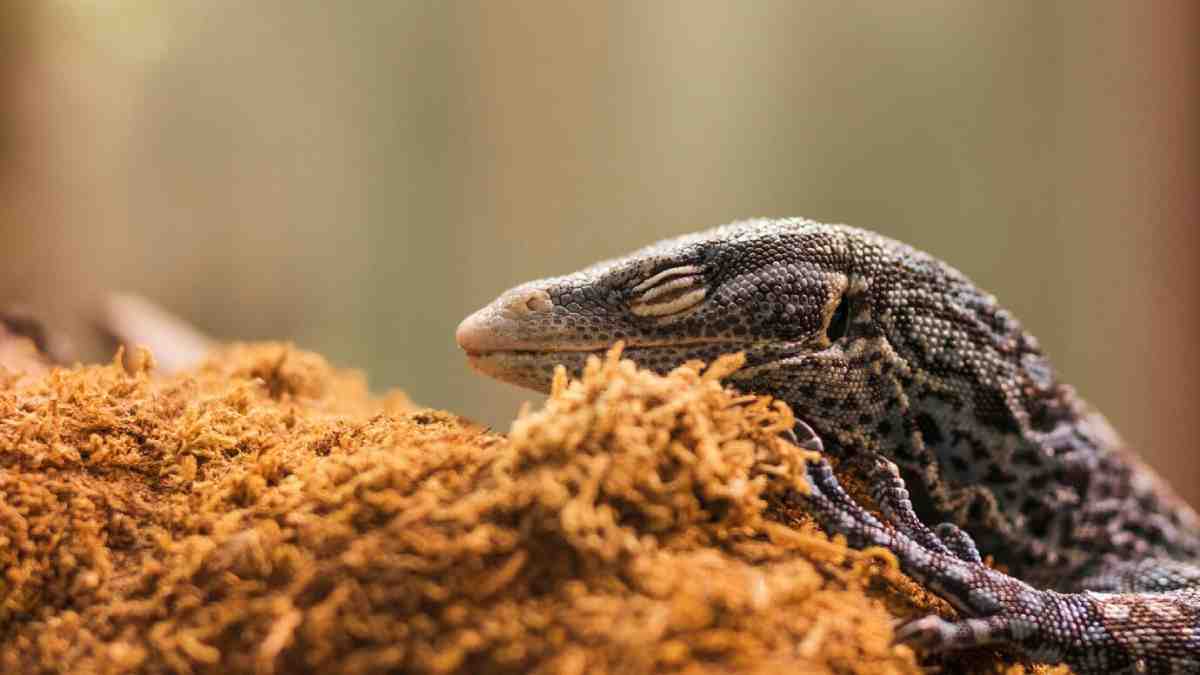
A reptile’s skin and respiratory system are sensitive to their environment. The substrate is where they sleep, hunt, defecate, and burrow — making it a critical part of daily life.
The Substrate Affects:
- Humidity regulation
- Digestion and shedding health
- Comfort and enrichment
- Safety and hygiene
- Odour control and maintenance
The wrong choice can cause serious issues, from impaction to skin irritation or respiratory infections.
Factors to Consider When Choosing Substrate
Every reptile species has different needs based on its native habitat, lifestyle, and moisture requirements.
Ask These Questions First:
- Does your reptile come from a desert or tropical environment?
- Is it a burrower, climber, or surface dweller?
- Does it require high or low humidity?
- Is it prone to eating substrate while feeding?
- Will you be spot-cleaning daily or deep-cleaning weekly?
The more you understand your reptile’s natural behaviours, the better you’ll be able to replicate their ideal habitat.
Top Reptile Substrate Options by Habitat Type
1. Arid and Desert Species
Examples: Bearded dragons, leopard geckos, uromastyx
Recommended Substrates:
- Tile or Slate
- Easy to clean, retains heat well
- Mimics rocky desert floors
- Great for dig-free reptiles
- Excavator Clay
- Allows burrowing and tunnel shaping
- Hardens to form natural structures
- Best used under supervision during drying
- Washed Play Sand (with supervision)
- Fine-grain, low-dust versions only
- Use with feeding dishes to avoid ingestion
- Combine with clay for custom textures
Avoid:
- Calcium sand (risk of impaction)
- Loose dry bedding with dust
2. Tropical and Humid Species
Examples: Crested geckos, anoles, dart frogs, tree boas
Recommended Substrates:
- Coconut Fibre (Coir)
- Holds humidity well
- Natural look and feel
- Breaks down organically
- Orchid Bark / Reptile Bark
- Great drainage layer
- Resistant to mould and mildew
- Works well with tropical plants
- Bioactive Soil Mix
- Supports live plants and cleanup crew
- Maintains healthy microclimate
- Requires long-term maintenance
- Moss (Sphagnum or Sheet Moss)
- Used on top of soil or fibre base
- Helps boost local humidity levels
- Ideal for shedding spots
Avoid:
- Soils with fertilisers or chemical additives
- Overly compacted wet substrate (mould risk)
3. Forest and Woodland Species
Examples: Skinks, king snakes, corn snakes, blue-tongue lizards
Recommended Substrates:
- Cypress Mulch
- Holds moderate humidity
- Natural appearance
- Allows shallow digging
- Aspen Shavings (for burrowers)
- Lightweight, easy to clean
- Great for dry forest species
- Avoid if humidity is needed
- Paper-based Pellets or Shreds
- Excellent for sensitive species
- Low dust, easy to replace
- Not suitable for high-humidity needs
Avoid:
- Pine or cedar shavings (contain toxic oils)
- Fluffy or overly processed fibres
Safe Bedding for Reptiles: What to Prioritise
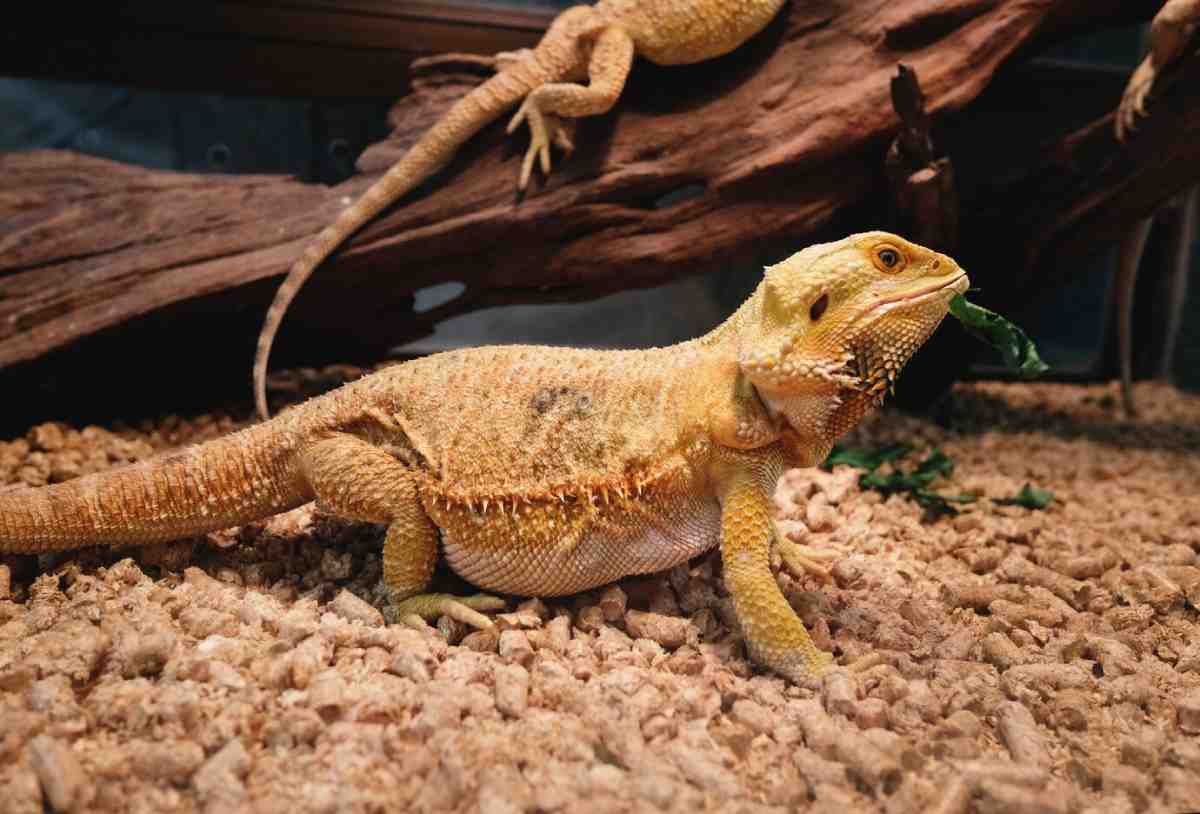
While some substrates look natural, they may not be safe. Always prioritise health over aesthetics.
Checklist for Safe Bedding:
- Low dust to prevent respiratory issues
- Non-toxic and chemical-free
- No strong odours or additives
- Non-clumping to prevent digestive impaction
- Mould-resistant for humid setups
- Compatible with species-specific behaviour
When in doubt, simpler options like paper towels or tile may be safer for young or recovering reptiles.
Substrate Options to Avoid for Most Reptiles
Some commonly marketed substrates carry risks not worth taking — especially for beginners or sensitive species.
Common Problematic Substrates:
- Calcium Sand: Encourages ingestion; not digestible despite claims
- Reptile Carpet: Traps bacteria and needs frequent washing
- Gravel and Pebbles: Cannot burrow, and ingestion risk is high
- Corn Cob Bedding: Promotes mould in humid conditions
- Soil with Perlite or Vermiculite: Can cause internal damage if swallowed
Always read product labels and choose species-specific materials.
How to Layer Substrates Effectively
Layering substrates can help manage humidity and allow natural behaviours like digging or burrowing.
Popular Layer Combinations:
- Bioactive Setup:
- Drainage layer (hydro balls or lava rock)
- Barrier mesh
- Soil/coco mix
- Leaf litter or moss
- Burrowing Setup:
- Excavator clay base
- Loose topsoil layer for digging
- Cork bark or rocks for structure
- Tropical Setup:
- Coconut fibre base
- Bark or moss top layer
- Live plants or hides added for enrichment
Creating depth and variation keeps reptiles active and engaged.
Maintenance Tips for Healthy Substrates
Good substrate hygiene is essential for preventing disease and odour.
Daily:
- Spot clean faeces and leftover food
- Stir moist areas to prevent mould
- Monitor humidity and temperature
Weekly:
- Replace soiled sections
- Check for insects or mould growth
- Refresh top layers (especially moss)
Monthly to Bi-Monthly:
- Full substrate change (unless bioactive)
- Deep clean enclosure base
- Disinfect water bowls and decor
If using bioactive setups, monitor insect populations and mix soil occasionally.
Eco-Friendly and Reusable Terrarium Floor Materials
Some substrates can be washed and reused, reducing waste and long-term costs.
Reusable Substrates:
- Tile or Slate: Lasts for years with proper cleaning
- Reptile Liners: Machine washable
- Bioactive Soil: Long-term use with minimal waste
- Paper Substrates: Compostable or recyclable
Eco-conscious keepers can reduce their environmental impact with sustainable options.
Start From the Ground Up
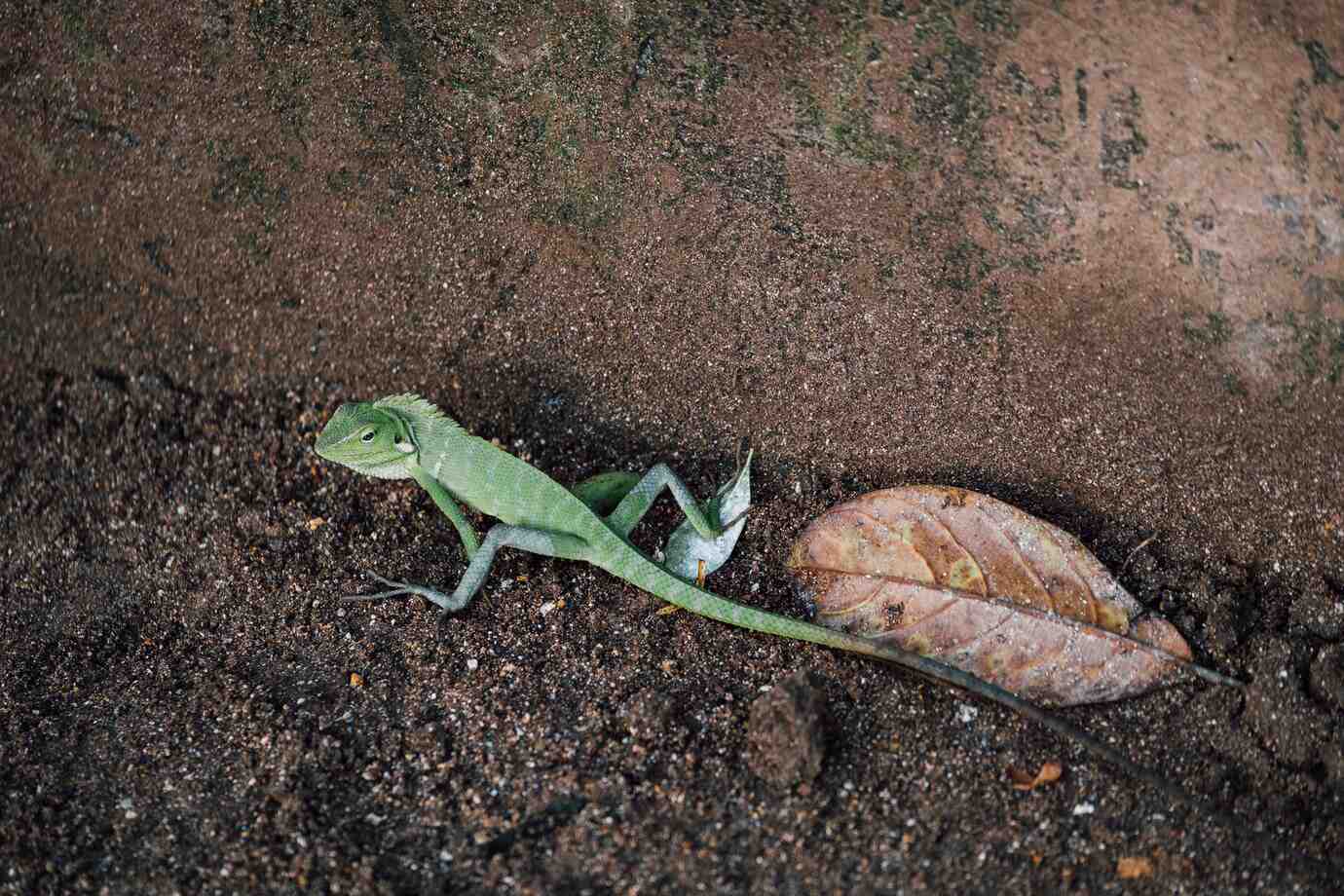
A well-chosen substrate provides the foundation for a healthy, enriched, and safe environment. By understanding your reptile’s natural habitat, behaviour, and moisture needs, you can select the perfect terrarium floor materials to support their daily life.
From reptile substrate options that boost humidity to safe bedding for reptiles that prevent health issues, every choice makes a difference. Think beyond aesthetics and focus on function, because what’s under their feet affects everything above.
